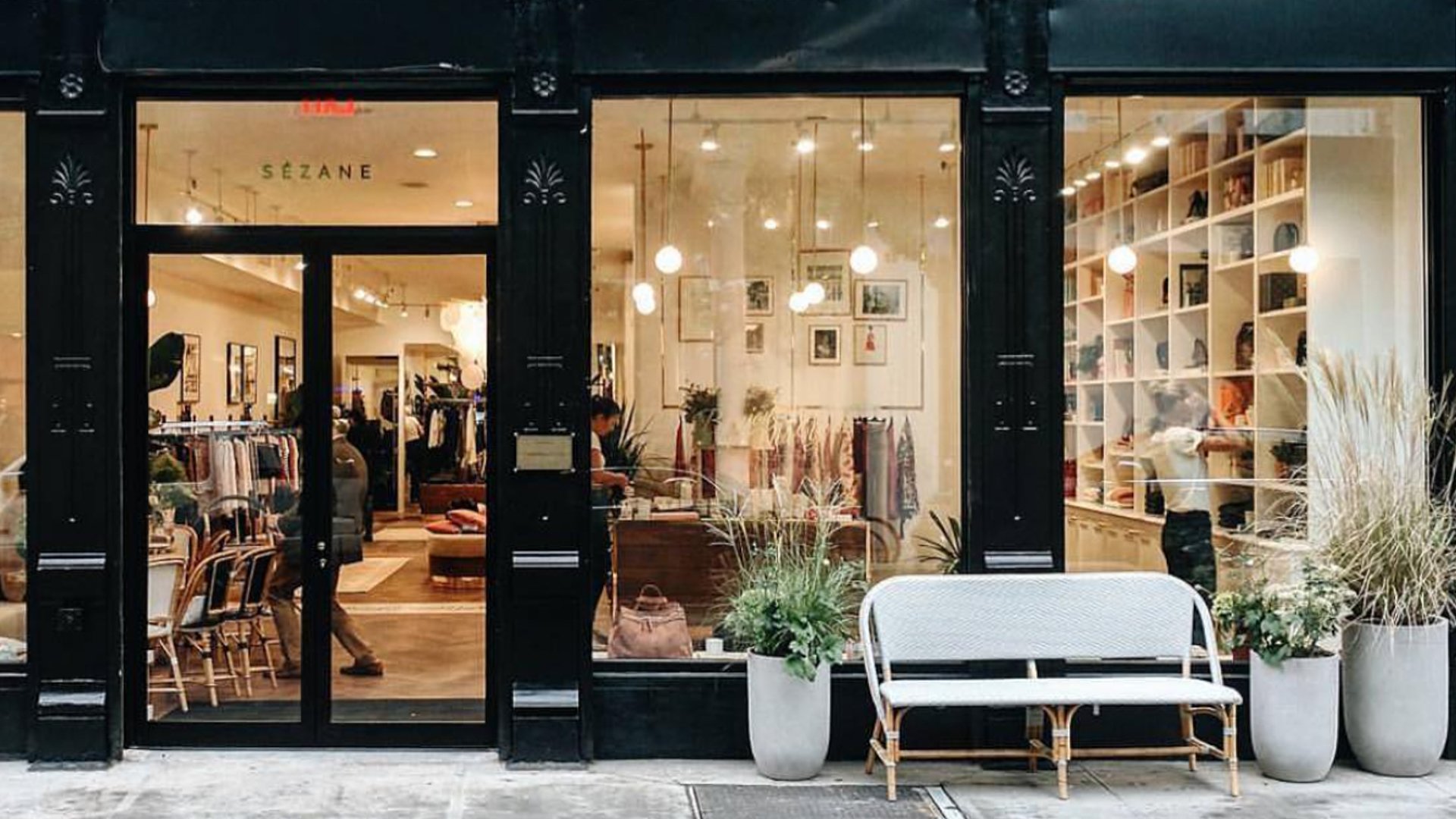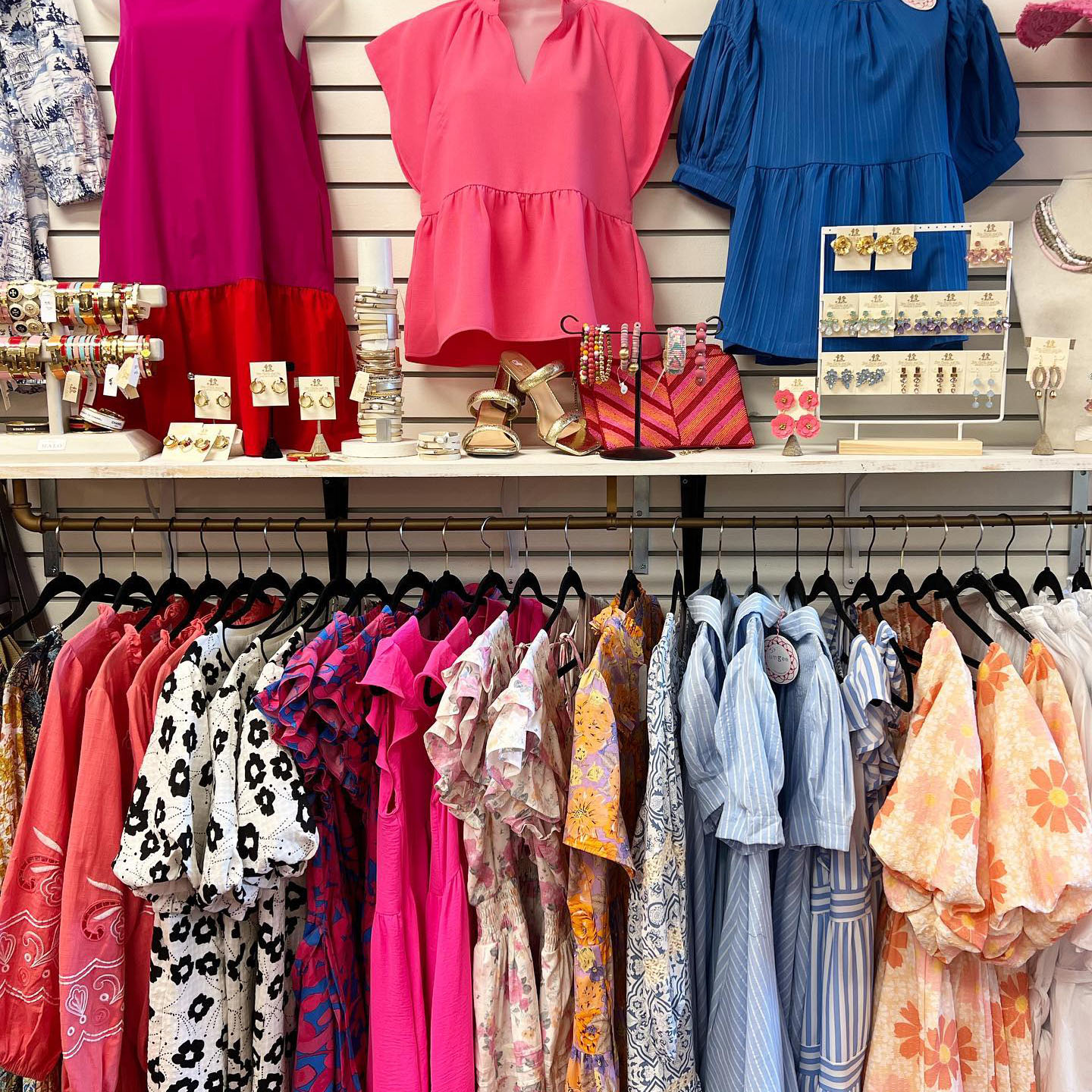Discovering the World of Lasting Boutique Fashion Brands
Discovering the World of Lasting Boutique Fashion Brands
Blog Article
Discovering the Development and Influence of Clothing on Modern Fashion Trends
The evolution of apparel has substantially affected contemporary fashion trends, merging historic criteria with sophisticated technologies. Legendary numbers like Coco Chanel and Yves Saint Laurent reinvented the fashion industry by introducing principles that focus on convenience and access, which proceed to resonate today.
Historic Style Influencers
In the tapestry of style history, certain numbers have left an indelible mark, shaping the fads and styles that define entire periods. Coco Chanel, an innovative designer, redefined women's style by introducing comfortable, classy apparel that departed from limiting corsets. Her famous Chanel fit and little black outfit have actually become classic staples in wardrobes worldwide. Christian Dior's post-war "New Look" in 1947, with its celebration of feminineness through complete skirts and cinched waists, noted a return to opulence and has actually continued to affect developers.
Elsa Schiaparelli is one more crucial figure, renowned for her avant-garde layouts that incorporated surrealist art, working together with Salvador Dalí to create whimsical items that tested traditional looks. Her innovative use shade and bold patterns resounds in modern style. Yves Saint Laurent, on the other hand, equalized haute couture with prêt-à-porter collections, bringing runway styles to the masses and establishing a criterion for modern ready-to-wear lines.
These dreamers, to name a few, not just revolutionized fashion in their times however additionally established enduring patterns that reverberate in today's garment industry, giving a foundation upon which modern developers remain to introduce and build. Their traditions highlight the relevance of creative thinking and bold in vogue's ever-evolving narrative.
Technical Improvements in vogue
Among the vibrant landscape of the apparel industry, technical advancements stand at the leading edge of advancement, improving just how developers develop and customers involve with style. The assimilation of 3D printing has actually changed design processes, allowing designers to try out complex structures and lasting products that were formerly impossible. This modern technology promotes quick prototyping, lowering waste and expediting manufacturing times.

Smart textiles, installing modern technology into materials, are also transforming the sector. Advancements like self-cleaning and temperature-regulating materials supply enhanced performance and convenience. Wearable technology, integrating attributes like health and fitness tracking and communication, includes a brand-new dimension to fashion, combining aesthetic appeals with usefulness.
Cultural Shifts and Design
As technical improvements proceed to improve the fashion industry, cultural changes are just as prominent, redefining style and customer preferences. In the last few years, the rise of social media sites platforms has sped up the dissemination of worldwide fashion trends, allowing diverse cultural influences to converge and coexist. This electronic interconnectivity has actually promoted the quick exchange of concepts, causing a more comprehensive and eclectic interpretation of style that reflects the complex nature of modern-day culture.
Cultural awareness and gratitude have triggered designers to draw motivation from a more comprehensive spectrum of historical and ethnic contexts, integrating typical concepts with contemporary appearances. This blend has resulted in style that resonates with a wider target market, promoting a feeling of identification and belonging across various demographics. Furthermore, the enhancing need for personalization has driven brand names to provide customizable choices, enabling customers to express originality while showing their cultural heritage.
In addition, moving social values have actually influenced fashion, with inclusivity and variety ending up being main styles. The sector has started to embrace versions and influencers of various physique, ethnic backgrounds, and sex identities, tough traditional elegance requirements. This makeover underscores the power of social shifts in shaping the future of style, as style ends up being an extra authentic expression of collective and individual identification.
Sustainability and Modern Style
While the apparel industry continues to advance, the imperative for sustainability has come to be progressively immediate, influencing contemporary layout practices. This shift aims to resolve honest factors to consider and ecological issues, causing a reevaluation of traditional production Full Report techniques. Developers are now integrating sustainable materials, such as natural cotton, recycled polyester, and eco-friendly fabrics, into their collections, lowering the ecological footprint of style. The surge of slow-moving style, which emphasizes quality over quantity, motivates customers to purchase timeless pieces instead than transient trends.
Moreover, modern-day layout is identified by its technology in decreasing waste and advertising circularity. Strategies such as zero-waste pattern cutting and 3D knitting are obtaining traction, permitting designers to create garments with very little textile waste. Furthermore, brand names are taking on transparent supply chains, guaranteeing responsibility and promoting customer count on. This approach not just alleviates environmental impact yet additionally improves the social responsibility of style homes.

Future Trends in vogue
Sustainability will certainly continue to be a driving pressure in shaping future style patterns. The industry is significantly embracing green materials and ethical manufacturing techniques, responding to an expanding consumer need for accountable practices. Technologies such as bio-fabricated materials and closed-loop recycling systems are readied to redefine exactly how clothing is created and consumed, minimizing environmental effect while maintaining design and quality.
Social changes, consisting of the surge of inclusivity and diversity, will certainly additionally play a critical role. As society comes to be more knowledgeable about social concerns, fashion is expected to come to be a system for expression and change. Developers will likely concentrate on producing collections that mirror a broader variety of experiences and identities, championing representation and access.
Conclusion
The advancement of clothes considerably affects modern-day style fads, where historic Your Domain Name influences merge with contemporary styles. This continuous development emphasizes style's role as a mirror to social values and technical advancement, suggesting a future abundant with advancement and inclusivity.
The advancement of garments has actually dramatically affected contemporary fashion trends, combining historic criteria with innovative advancements.In the middle of the dynamic landscape of the fashion industry, technical improvements stand at the leading edge of innovation, reshaping just how designers create and customers engage with fashion.While the style market continues to evolve, the vital for sustainability has come to be significantly urgent, influencing modern-day style practices. As sustainability comes to be embedded in modern layout, it leads the way for an extra accountable and mindful fashion sector.
The development of apparel dramatically affects modern-day fashion patterns, where historical influences merge with modern styles.
Report this page